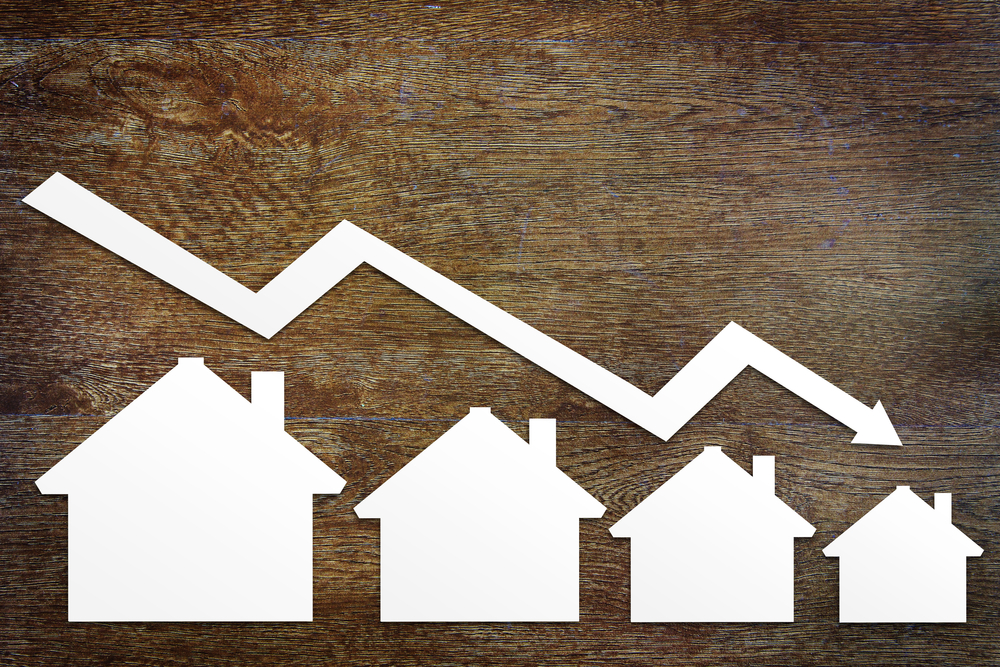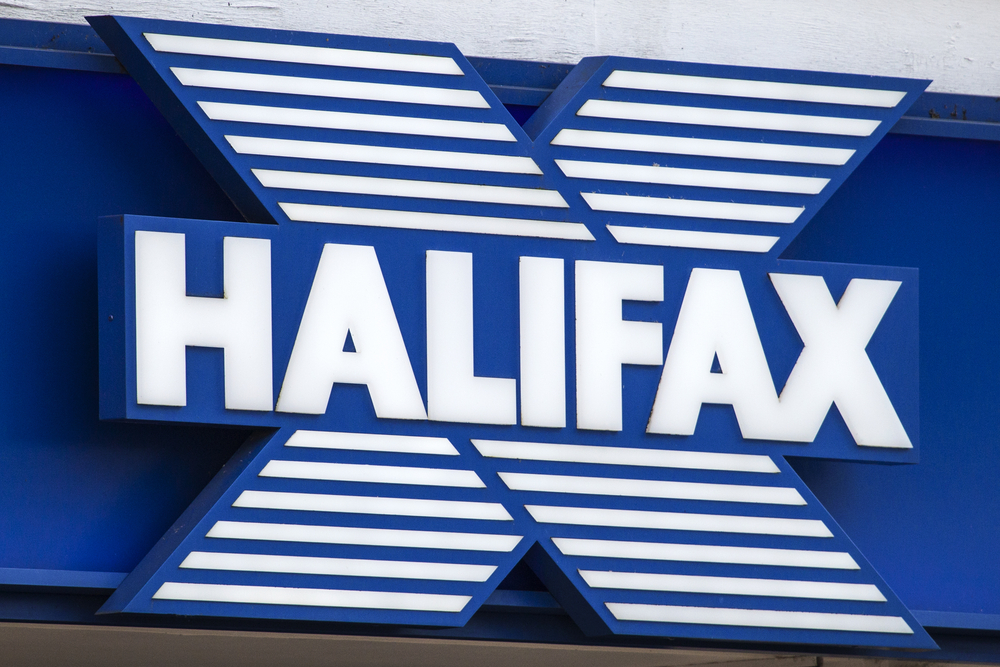
Homeowners are seeing the lowest return on property for a decade, with the average seller making a 42% return in 2024, according to new data from Hamptons estate agency.
Their figures show that in England and Wales the average homeowner sold their property last year for £91,820 more than they paid for it. This was down from a record of £112,930 in 2022 — the highest gain in monetary terms.
This figure has fallen by £10,830 over the past year. However despite this slip more than nine out of 10 (91%) of homeowners selling property nationwide sold for a profit.
Hamptons figures show that the the average seller in 2024 had owned their property for 8.9 years.
In percentage terms, the average profit made by sellers reduced from a 48% increase in 2023 to 42% last year.
The largest gain in percentage terms was seen in 2016, where the average home sold for 60% more than in purchase price in 2016. Figures from Hamptons show that many of these sellers bought shortly after the financial crash, from which house prices generally recovered quickly, particularly in the south of England.
These figures show there was significant regional variation. While sellers in every region of the country saw their returns fall between 2023 and 2024 Londoners recorded the biggest decrease in cash terms.
Overall, Londoners made an average profit of £172,350 when selling their home last year — but this is £31,840 less than those who sold in 2023 , and is the first time since at least 2015 that that average property gains in the capital have fallen below £200,000.
Hamptons says this is a result of slower house price growth in London over the last decade. In percentage terms, the average London home sold for 44% more than its purchase price, a figure that’s been declining since peaking at 100% in 2016.
In contrast, house sellers in Wales made the biggest gross gains for the third consecutive years, with the average home selling in 2024 for 48% more than the purchase price
This data shows that property gains are becoming more evenly distributed across the regions. Back in 2016, 29% of homes that sold for over £100,000 more than the purchase price were in London, a figure that fell to 18% in 2024.
Meanwhile, the share of homes making six-figure gains that were located in the Midlands and North of England has risen from 17% in 2016 to 29% in 2024.
Looking at the areas where sellers made the largest profits Merthyr Tydfil replaced Barking and Dagenham as the local authority with the biggest percentage gains in 2024. In Merthyr Tydfil the average seller in 2024 received 68% more for their home than they paid.
Just two London Boroughs (Barking & Dagenham and Waltham Forest) featured in the top 10 list in 2024, compared to all 10 located in the capital between 2018 and 2020.
Hamptons points out that given that upward trend in house prices over the longer term, those who have owned their homes the longest typically made bigger profits.
The average homeowner in England & Wales who sold in 2024, having bought 20 years ago, saw the value of their property rise by 83%, triple the gross gain made by those who bought five years ago (27%).
However, slower house price growth in recent years has suppressed gains. Those who sold in 2019, having owned a home for 20 years, saw the value of their property more than treble (220%), significantly outperforming 2024 sellers who owned for the same period, due to the strength of price growth in the early 2000s.
For most of the last 20 years, increases in property values have outpaced inflation. However, those who bought between 2005 and early 2008, just before the financial crash, are likely to have underperformed. The average household in England & Wales who bought a home in 2007 and sold it in 2024 made a 49% gross gain. However, inflation (measured by CPI), has risen 67% over the same period.
This trend is different in London where property has underperforming in the short term, but outperformed over the longer-term.
The average Londoner who bought after 2014 and sold in 2024 has underperformed inflation and seen smaller gains than homeowners in the rest of the country. However, those who bought pre-2013 in the capital have seen much greater returns, outpacing inflation too. For example, those who sold their property in the capital after owning it for 20 years saw an average gain of 121% — outperforming the England & Wales average of 83% and inflation at 77%.
When it comes to property type those selling houses have made bigger gains than hose selling flat over the last 10 years. The typical house seller who sold in 2024, having bought five years ago, made a gross gain of 31%, compared to a 30% gain for the typical flat seller who bought 10 years ago. This weaker equity growth has limited flat owners’ ability to move. Just 32% of flat owners who sold in 2024 moved within five years, compared to 40% who sold in 2019 having owned that property for the same time.
Hamptons head of research Aneisha Beveridge says: “Despite slower house price growth in recent years 91% of sellers still sold their homes for more than they paid, with nearly a third making six-figure gains.
“These proceeds typically fuel moves up the property ladder. However, smaller and slower equity gains over recent years, particularly for flat owners, has made this more challenging.
“2024 sellers generally experienced less price growth than those who sold during the pandemic. Property prices rose 43% across the country between 2015 and 2024, compared to 64% between 2013 and 2022, just before mortgage rates spiked. On top of this, households have had to grapple with higher mortgage and transaction costs, such as stamp duty, making it more costly to move.
“In London, the issue is particularly acute, with property values in some areas remaining below 2016 levels. Only 25% of 2024 London sellers had bought within the last five years, compared to 34% nationwide. Until property prices recover, or transaction and mortgage costs decrease, homeowners are likely to stay put for longer. Usually, homeowners need to inject thousands of pounds from their own pocket to make a move financially viable, which often scuppers many potential sales.”



